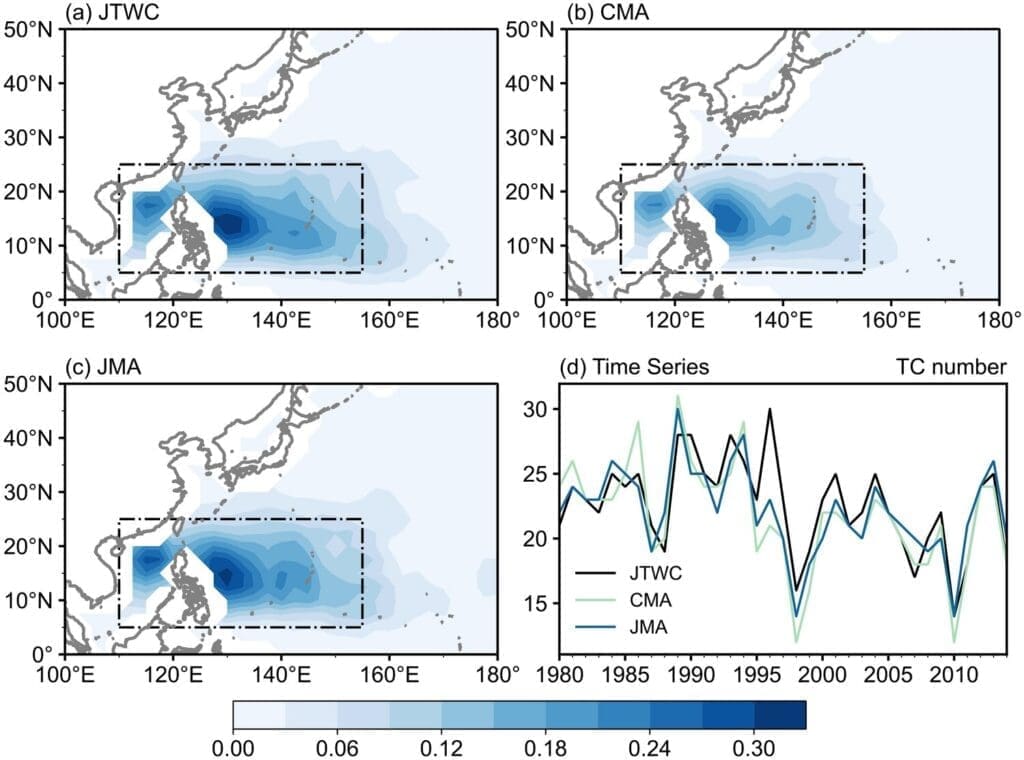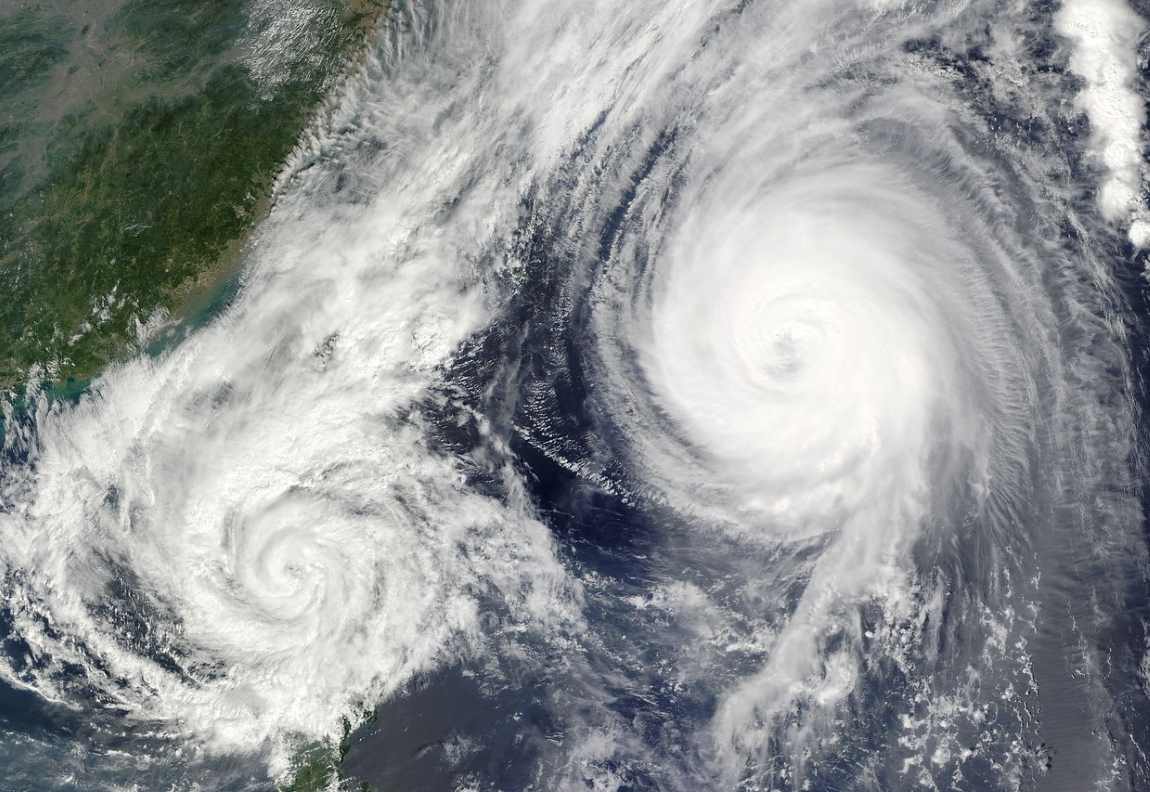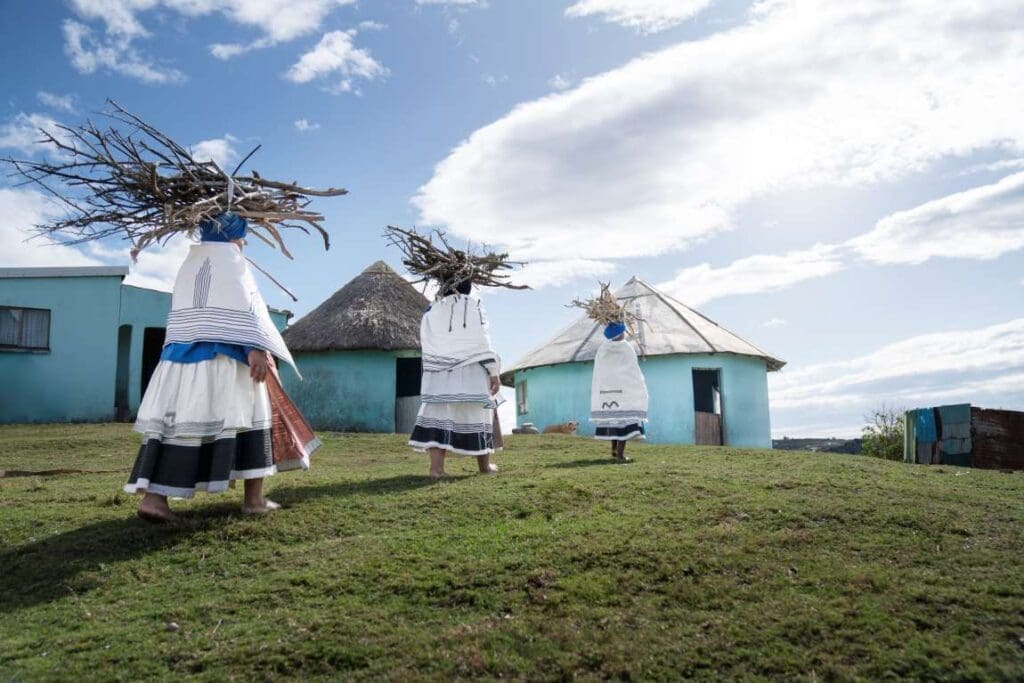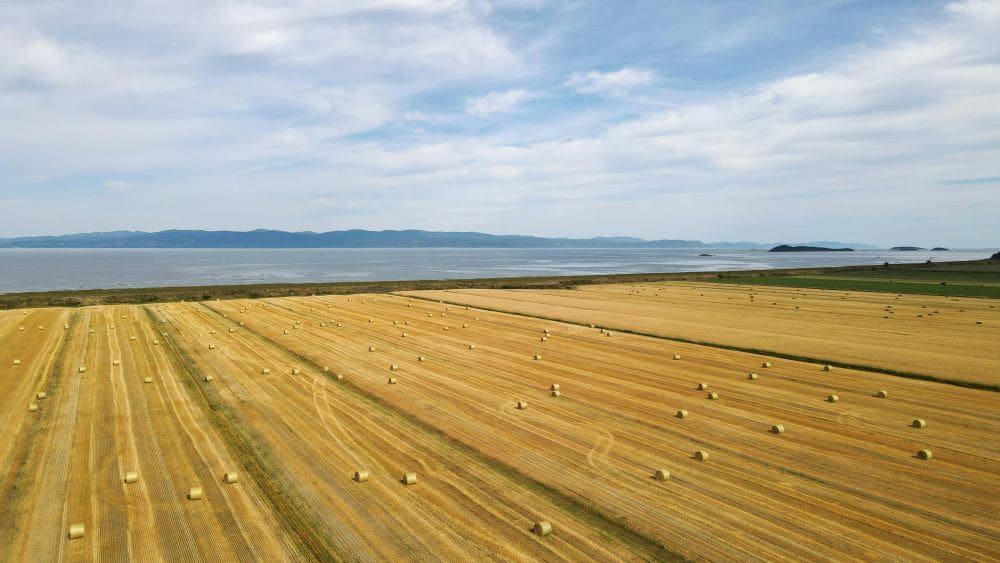In a significant step toward enhancing cyclone prediction, researchers from the Institute of Atmospheric Physics (IAP) at the Chinese Academy of Sciences (CAS) have uncovered how long-term climate patterns affect tropical cyclone frequency, particularly in relation to El Niño-Southern Oscillation (ENSO) events.
Their findings, published in Climate Dynamics, suggest that incorporating decadal-scale variability into climate models may refine forecasts of tropical cyclone activity – a critical advance for communities facing the impacts of increasingly volatile weather.

Led by Ph.D. student Zhang Tingyu under the guidance of Prof. Zhou Tianjun, the study reveals how internal climate variability, especially on a decadal scale, modulates the relationship between ENSO and tropical cyclone genesis frequency (TCGF).
These insights are instrumental in enhancing the accuracy of climate models, which are frequently limited by single-simulation assessments that mix internal variability with model biases. This research aims to separate these factors, clarifying the role that natural, internal fluctuations play in tropical cyclone formation.
To achieve this, the team leveraged the FGOALS-g3 large ensemble (LE) model, developed by IAP/CAS, which contains 110 simulations under identical climate forcing conditions but initiated with different perturbations.
“Internal variability is shown to play a significant role in determining how well models replicate the observed link between ENSO and tropical cyclone frequency,” explained lead author Zhang Tingyu. This approach allowed the researchers to focus solely on decadal variability and its effects on cyclone activity, avoiding inaccuracies that can arise from conflated model biases.
The team employed two metrics to assess tropical cyclone formation: the Emanuel-Nolan Genesis Potential Index (EGPI), which considers thermodynamic factors, and the Wang-Murakami Dynamic Genesis Potential Index (DGPI), which focuses on dynamic influences.
Their analysis demonstrated that the FGOALS-g3 LE model performs particularly well in capturing ENSO-influenced cyclone activity through the EGPI, underscoring the model’s potential for accurately simulating tropical cyclone dynamics.
A key finding of the study is the influence of the tropical Pacific decadal variability (TPDV) mode, which modulates vertical wind shear – an essential factor in determining cyclone frequency over the Western North Pacific.
The study’s corresponding author, Prof. Zhou Tianjun, emphasized the significance of this insight: “Our findings underscore the importance of accounting for decadal variability and using multiple methods for tracking cyclone formation in climate models, which are necessary steps for improving cyclone-related climate prediction.”
Through the use of large ensemble simulations, the study illuminates the path toward refining climate models for more reliable predictions of cyclone formation. This approach not only helps delineate natural climate variability but also aligns with the growing need for accurate weather forecasting tools in an era of climate uncertainty.
Journal Reference:
Zhang, T., Zhou, T., Huang, X. et al. ‘Evaluation of tropical cyclone genesis frequency in FGOALS-g3 large ensemble: mean state and interannual variability’, Climate Dynamics 62, 9253–9268 (2024). DOI: 10.1007/s00382-024-07388-8
Article Source:
Press Release/Material by the Institute of Atmospheric Physics | Chinese Academy of Sciences (CAS)
Featured image credit: WikiImages | Pixabay




